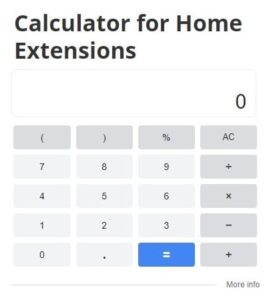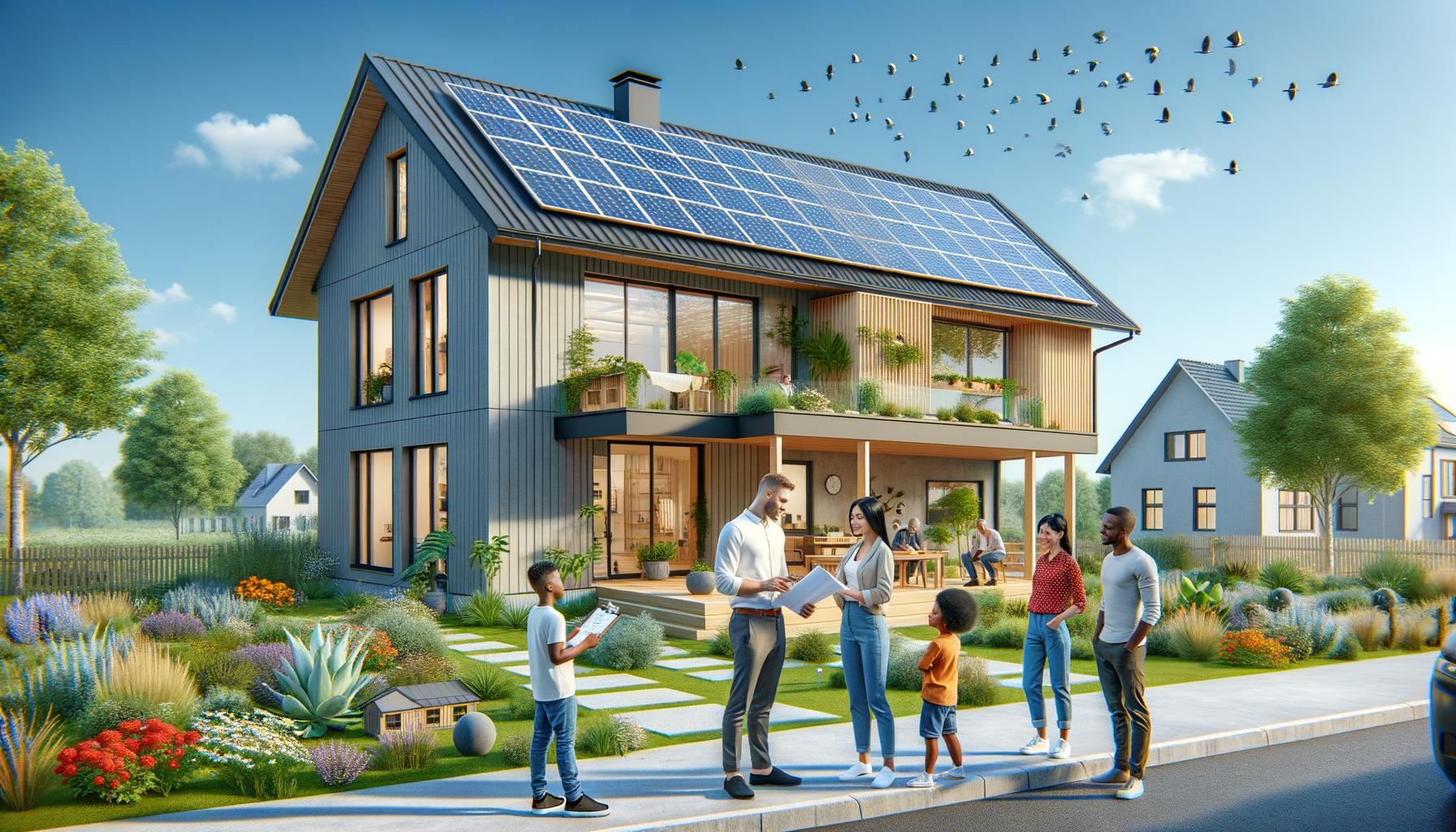
At Home Owners Association, we understand the importance of energy-efficient home improvements. Rising energy costs and environmental concerns have made it crucial for homeowners to optimize their living spaces.
Energy-efficient upgrades not only reduce utility bills but also enhance comfort and increase property value. This guide will help you navigate the world of energy-efficient home improvements, showing you where to start and how to maximize your investment.
How to Assess Your Home’s Energy Efficiency
Professional vs DIY Energy Audits
Assessing your home’s energy efficiency starts with a comprehensive energy audit. Professional audits provide the most detailed analysis. The home energy audit tax credit offers 30% of the cost of a home energy audit, up to $150 per year. Many utility companies offer free or discounted audits to their customers, so check with your local provider for available options.
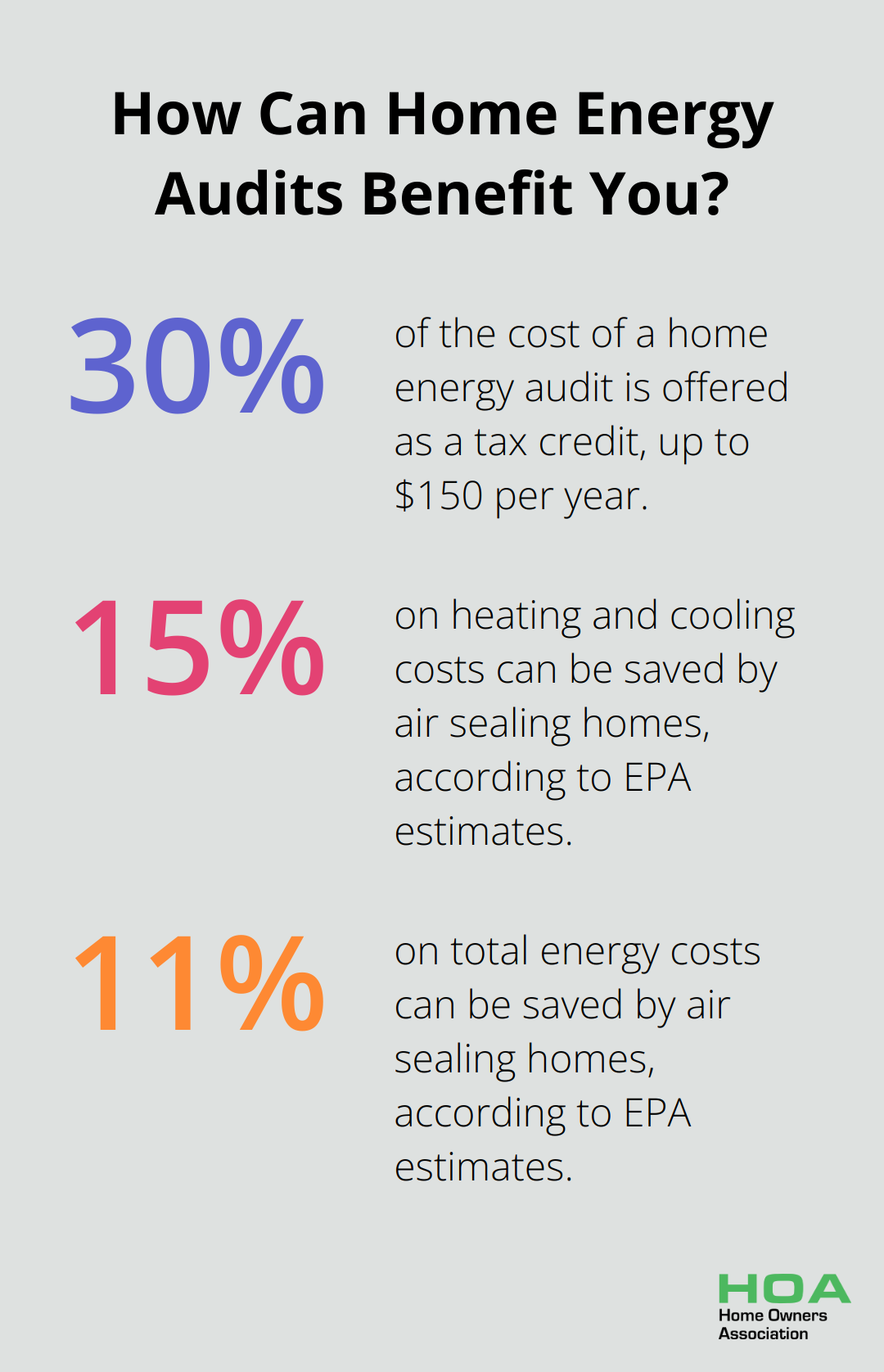
For a DIY approach, inspect your home’s exterior for gaps around windows and doors where air might escape. Inside, check for drafts and examine your insulation, especially in the attic. The North American Insulation Manufacturers Association reports that 90% of U.S. homes are under-insulated, which leads to significant energy waste.
Common Energy Loss Areas
Identifying energy loss areas is essential. EPA estimates that homeowners can save an average of 15% on heating and cooling costs (or an average of 11% on total energy costs) by air sealing their homes. Other common culprits include:
- Poorly insulated attics and walls
- Inefficient HVAC systems
- Outdated appliances
- Incandescent lighting
Analyzing Energy Bills
Understanding your energy consumption patterns requires a thorough examination of your utility bills. Collect your bills from the past 12 months and look for trends. The average Australian household spends about $1,950 annually on electricity (Australian Energy Regulator). If your bills significantly exceed this amount, it indicates a need for improvements.
Pay attention to seasonal fluctuations. Disproportionately high winter heating costs might indicate poor insulation or an inefficient heating system. Similarly, high summer cooling costs could point to air leaks or an outdated air conditioning unit.
Using Energy Monitoring Tools
Smart energy monitors provide real-time data on your home’s energy use. These devices connect to your electrical panel and send detailed consumption information to your smartphone. This allows you to identify energy-hungry appliances and adjust your usage accordingly.
A thorough assessment of your home’s energy efficiency will equip you with the knowledge to make targeted improvements. These improvements will have the most significant impact on your energy consumption and costs. Now that you’ve identified the areas needing attention, let’s explore the top energy-efficient home improvements you can implement.
Maximizing Energy Efficiency at Home
Insulation: Your Home’s Thermal Blanket
Proper insulation maintains a comfortable indoor temperature and reduces energy waste. EPA estimates that homeowners can save an average of 15% on heating and cooling costs (or an average of 11% on total energy costs) by air sealing their homes and adding insulation. When you upgrade insulation, focus on these areas:
- Attic: Install at least R-38 insulation (about 10-14 inches of fiberglass or cellulose).
- Walls: Use blown-in insulation for existing walls or spray foam for new construction.
- Floors: Insulate floors above unheated spaces like garages or crawl spaces.
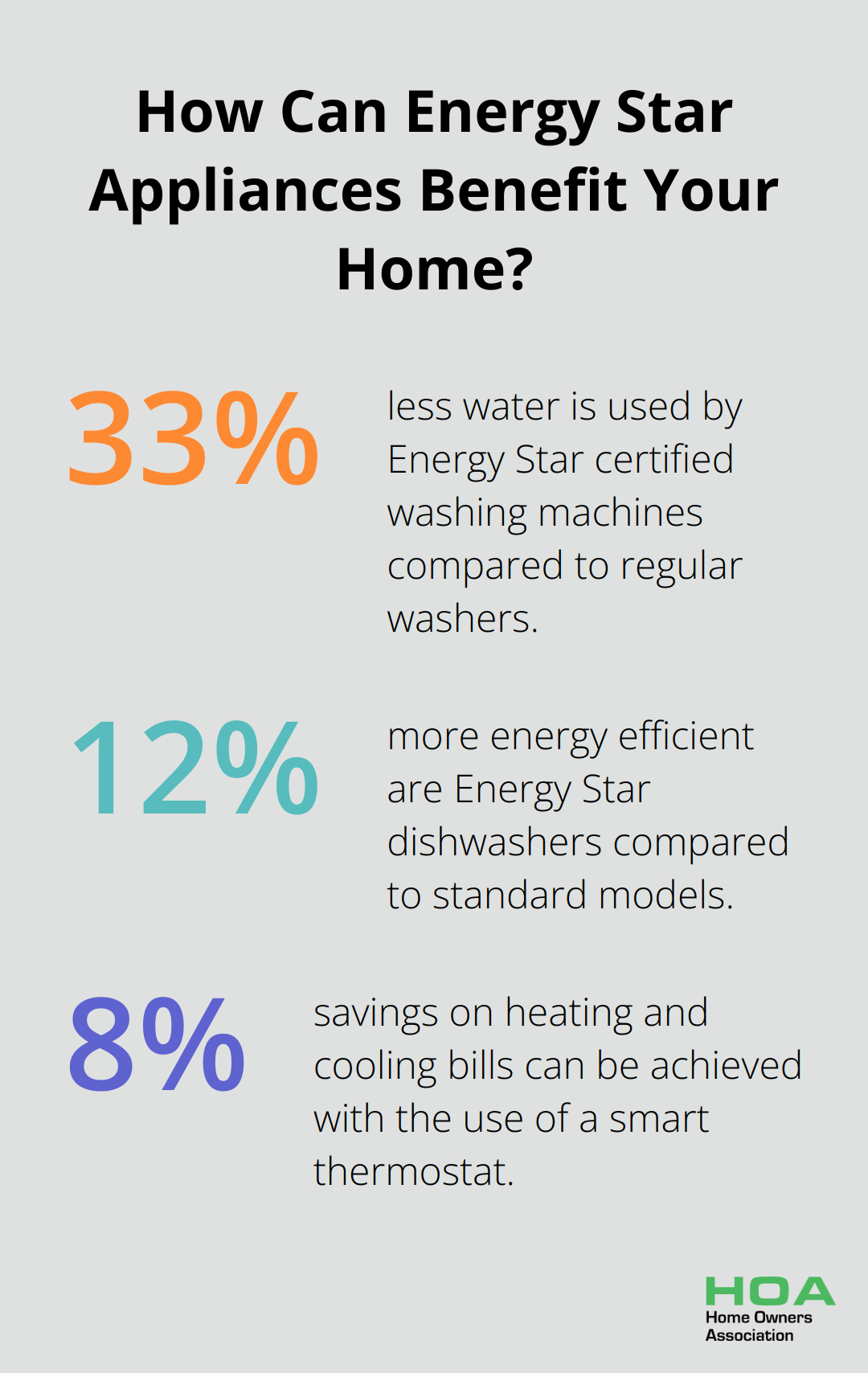
Air seal before adding insulation to maximize effectiveness.
Windows and Doors: Sealing the Envelope
Upgrading to energy-efficient windows and doors significantly reduces heat loss. The U.S. Department of Energy reports that heat gain and loss through windows account for 25%-30% of residential heating and cooling energy use. Consider these options:
- Double-pane or triple-pane windows with low-E coatings
- Energy Star certified doors with proper weatherstripping
- Storm windows and doors for additional insulation
The National Fenestration Rating Council provides ratings for windows and doors, helping you choose the most energy-efficient options for your climate.
Appliance Upgrades: Smart Choices for Long-term Savings
Replace old appliances with Energy Star certified models for substantial energy savings. For example:
- Refrigerators: New Energy Star models use about 15% less energy than non-certified models.
- Washing machines: Energy Star certified washers use about 25% less energy and 33% less water than regular washers.
- Dishwashers: Energy Star models are 12% more energy efficient and 30% more water efficient than standard models.
When you shop for new appliances, look for the Energy Star label and compare the yellow EnergyGuide labels to find the most efficient options.
Smart Thermostats: Precision Temperature Control
Install a smart thermostat to optimize your home’s heating and cooling. These devices learn your schedule and preferences, adjusting temperatures automatically for maximum efficiency. On average, savings are approximately 8% of heating and cooling bills or $50 per year with the use of a smart thermostat. Savings may be greater depending on climate and personal comfort preferences.
LED Lighting: Bright Ideas for Energy Savings
Switch to LED bulbs throughout your home. LEDs use up to 75% less energy than incandescent bulbs and last 25 times longer (according to the U.S. Department of Energy). This simple change can lead to significant savings on your electricity bill.
As you implement these energy-efficient home improvements, you’ll notice a decrease in your energy consumption and an increase in comfort. However, it’s essential to understand the financial implications of these upgrades. Let’s examine the cost-benefit analysis of energy-efficient improvements to help you make informed decisions about your investments.
The Financial Impact of Energy-Efficient Upgrades
Initial Investment vs. Long-Term Savings
Energy-efficient home improvements often require upfront costs, but the long-term benefits can be substantial. ENERGY STAR certified windows can provide significant annual savings on energy bills, with the exact amount varying based on location and type of windows replaced.
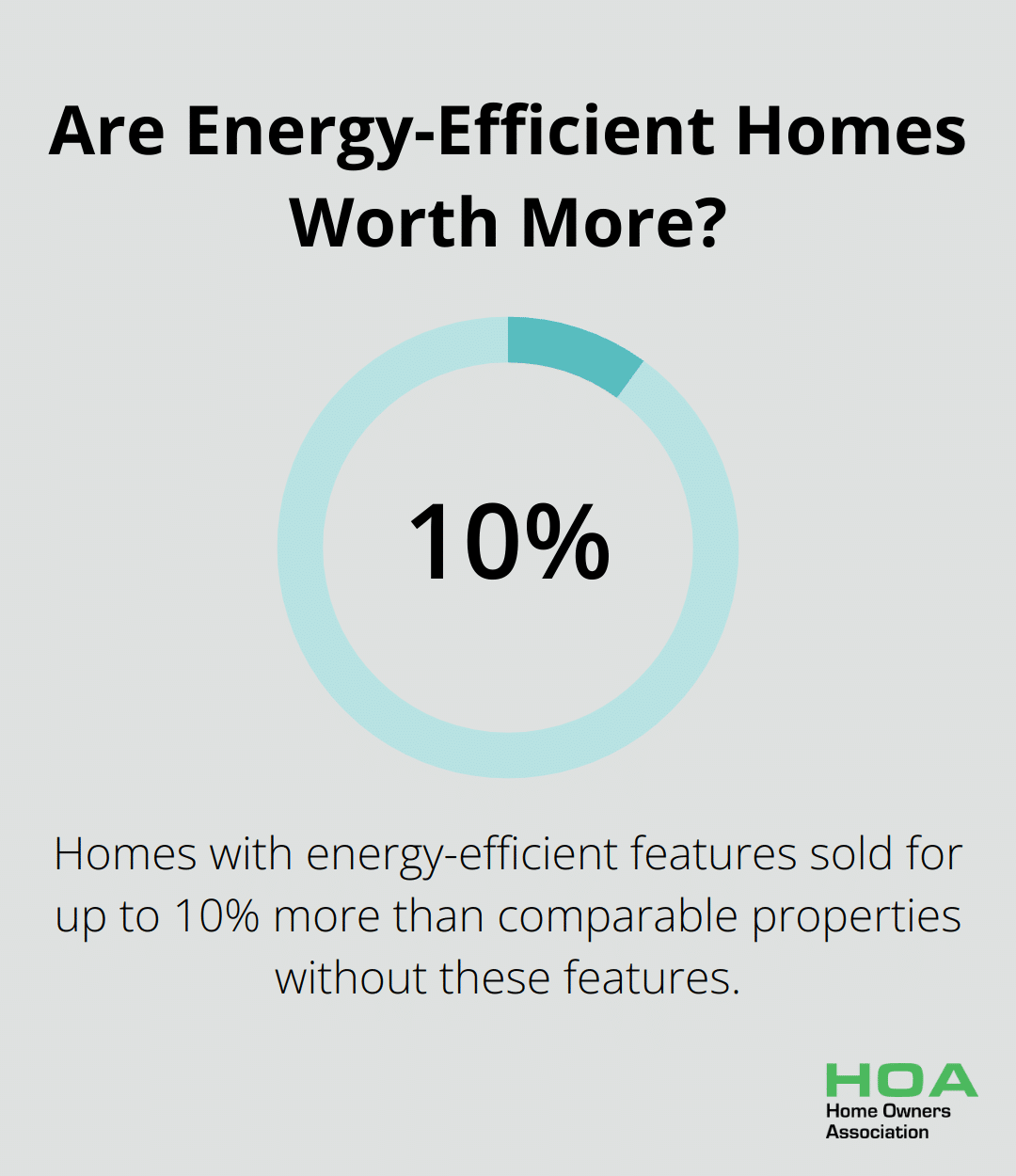
Insulation provides significant returns. The North American Insulation Manufacturers Association states that proper attic insulation can save up to 15% on heating and cooling costs. With average annual energy bills around $2,000, that’s a potential saving of $300 per year.
Available Incentives and Rebates
The Australian government offers various incentives to encourage energy-efficient home improvements. The Small-scale Renewable Energy Scheme provides financial incentives for installing eligible solar panel, wind turbine, and hydro systems. Under this scheme, eligible systems can earn small-scale technology certificates (STCs) based on how much electricity they generate or displace. Many states offer their own rebate programs. For instance, Victoria’s Solar Homes Program offers rebates of up to $1,400 for solar panel installations.
These incentives can significantly reduce the payback period for your investments. A solar panel system that might take 7-10 years to pay for itself could see that time cut in half with available rebates.
Impact on Property Value
Energy-efficient upgrades not only save money on bills but can also increase your home’s value. A study by the Australian Property Institute found that homes with energy-efficient features sold for up to 10% more than comparable properties without these features.
Specific improvements can have varying impacts. A report by Realestate.com.au revealed that solar panels could increase a home’s value by up to $6,000. Energy-efficient heating and cooling systems are increasingly sought after by buyers, potentially adding thousands to your property’s worth.
Calculating Return on Investment (ROI)
To calculate the ROI of energy-efficient upgrades, consider the initial cost, annual savings, and potential increase in property value. For example:
Initial cost of upgrade: $5,000
Annual energy savings: $500
Increase in property value: $3,000
ROI = (Total benefits – Initial cost) / Initial cost x 100
ROI = ($500 x 10 years + $3,000 – $5,000) / $5,000 x 100 = 60%
This example shows a 60% return on investment over 10 years, not accounting for potential increases in energy costs (which would further improve the ROI).
Choosing the Right Upgrades
While the exact financial impact of energy-efficient upgrades can vary, the trend is clear: these improvements offer substantial long-term benefits. From reduced energy bills to increased property values, the investment in energy efficiency pays dividends for years to come. As you consider your next home improvement project, factor in these long-term financial benefits alongside the immediate energy savings.
Final Thoughts
Energy-efficient home improvements offer numerous benefits for homeowners in Melbourne and beyond. These upgrades create more comfortable, cost-effective, and environmentally friendly living spaces. The long-term advantages extend far beyond reduced utility bills, including increased property value and a smaller carbon footprint.
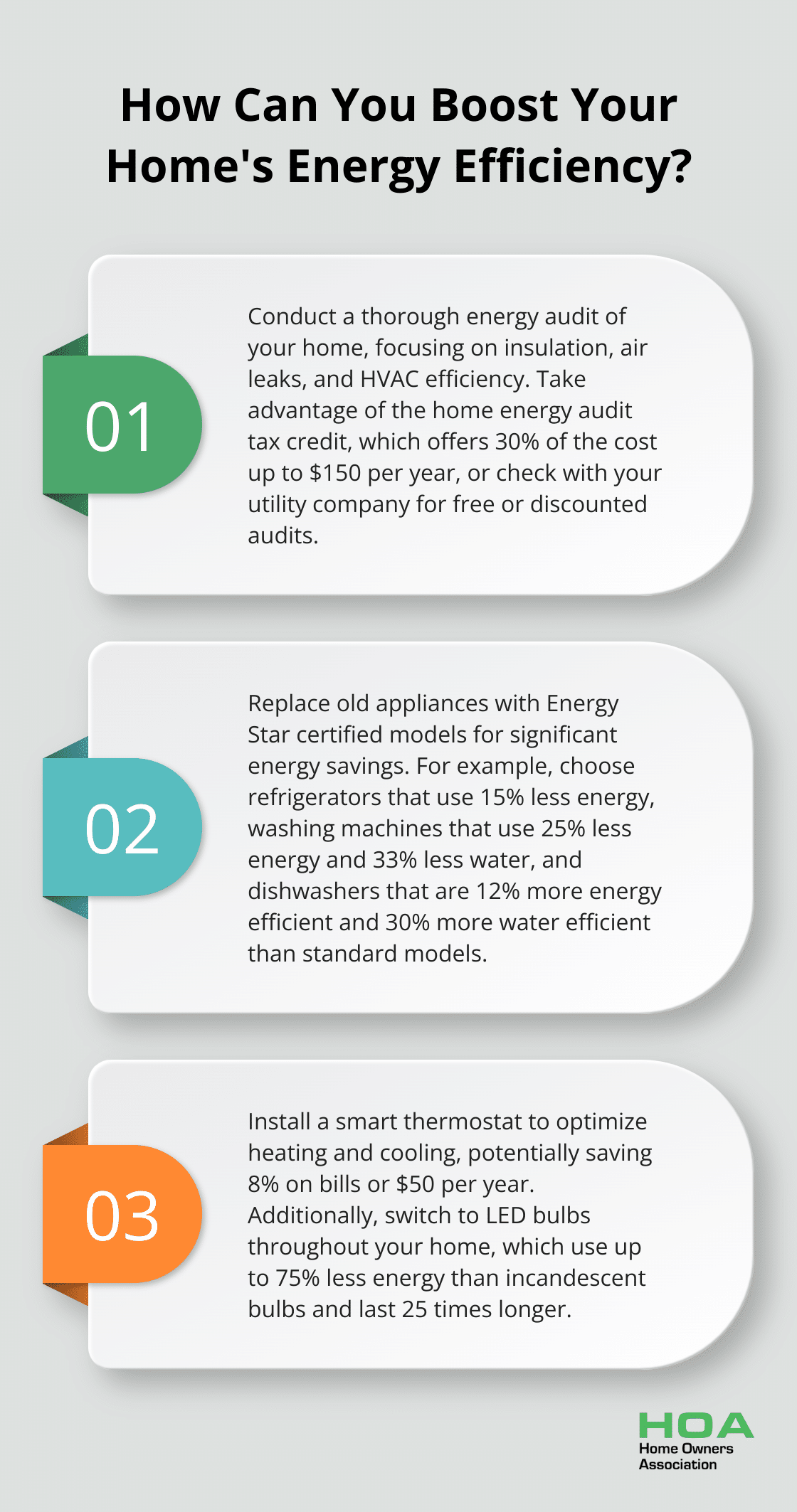
We encourage you to start with simple changes like sealing air leaks or switching to LED bulbs. As you witness the positive impacts, you will feel motivated to tackle larger projects. At Home Owners Association, we support Melbourne homeowners throughout their energy efficiency journey.
Our expert advice and resources can help you make informed decisions about energy-efficient home improvements. You will improve your home and contribute to a more sustainable future for Melbourne (and beyond). Take that first step today – your wallet, your comfort, and the planet will benefit.





